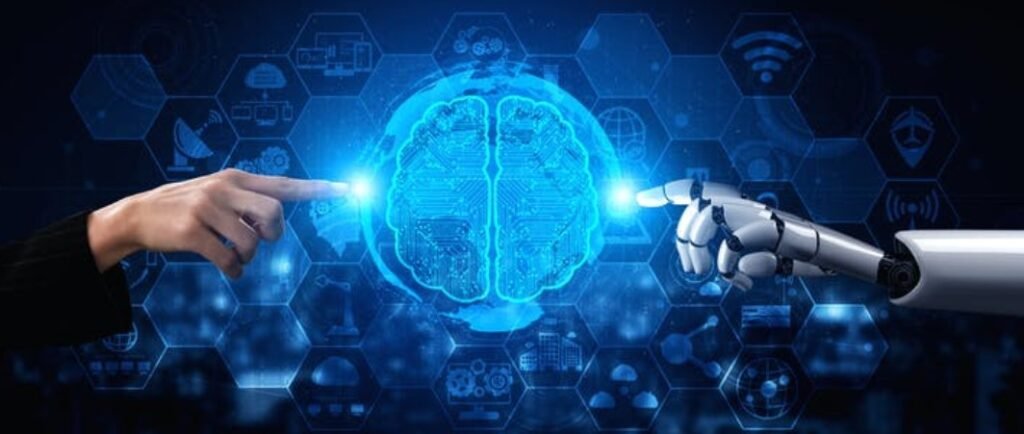The integration of Artificial Intelligence (AI) into the IT sector has been met with both enthusiasm and skepticism. As AI technologies evolve, they promise unprecedented efficiencies and innovations. However, IT professionals voice concerns over the challenges and implications of adopting such transformative tools.
The Strategy Behind AI Adoption
The first step in leveraging AI is developing a comprehensive strategy that aligns with an organization’s goals. A successful AI strategy acts as a compass, guiding businesses through the complexities of adoption while maximizing the benefits. It involves deep data analysis, optimization of business processes, and enhancement of customer experiences. Organizations must navigate ethical considerations, such as bias and transparency, to ensure responsible deployment.

AI strategies are not just about technology; they’re about people. Training and empowering employees to manage AI tools is crucial for bridging the trust gap. As AI continues to impact industries, a well-crafted strategy is imperative for sustainable success.
Ethical and Regulatory Landscapes
Ethical concerns are at the forefront of AI discussions. Issues like data privacy, bias in algorithms, and the potential for misuse necessitate a careful approach. Regulatory frameworks are still catching up with the rapid advancement of AI, leaving gray areas that organizations must navigate with caution.
The responsibility lies with both the creators and users of AI to ensure ethical practices. Transparency in AI processes and decision-making can help build trust among stakeholders. As AI becomes more integrated into our daily lives, the call for clear regulations and ethical guidelines will only grow louder.
The Human Element in AI
Despite the push towards automation, the human element remains irreplaceable. AI tools are designed to augment human capabilities, not replace them. The collaboration between human intelligence and artificial intelligence can lead to innovative solutions that neither could achieve alone.
Training and continuous learning are essential for IT professionals to stay ahead in the AI era. Organizations that invest in their workforce will be better positioned to harness the full potential of AI. The future of AI in IT is not just about machines; it’s about the people who make them intelligent.